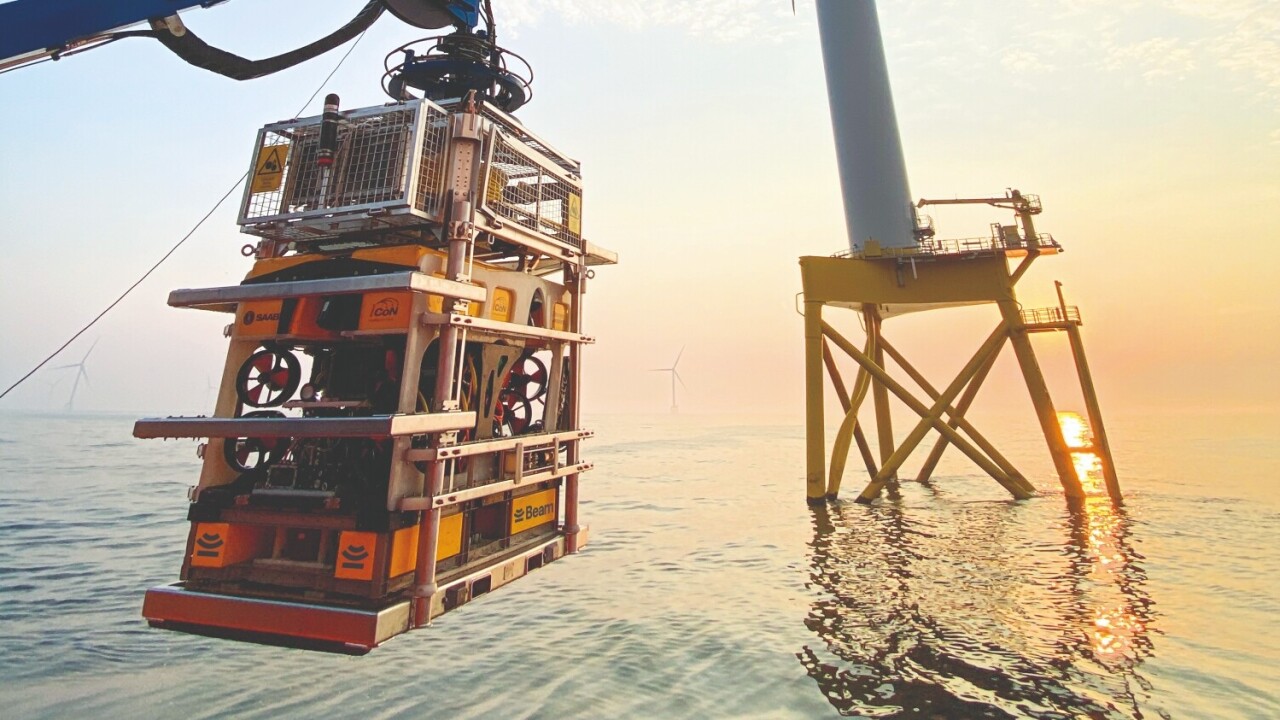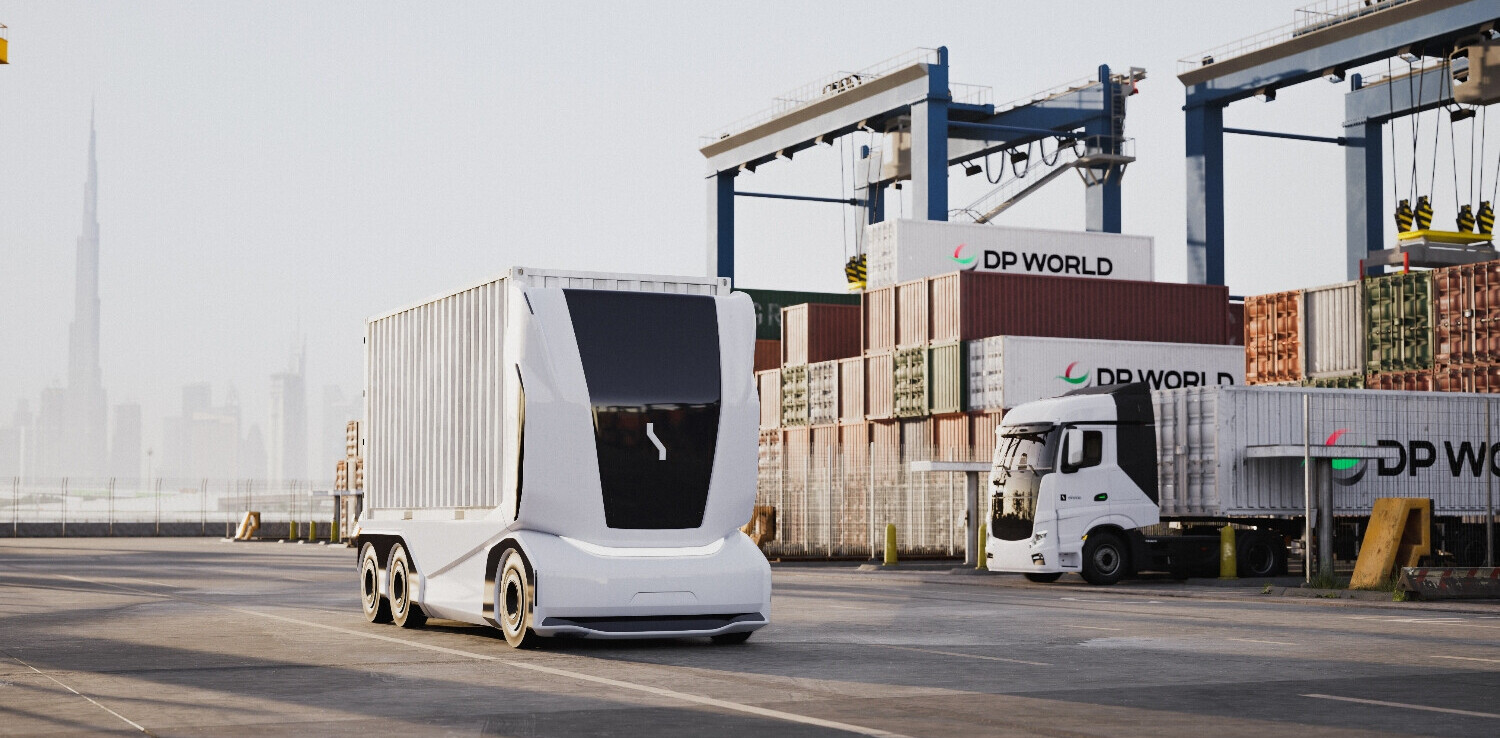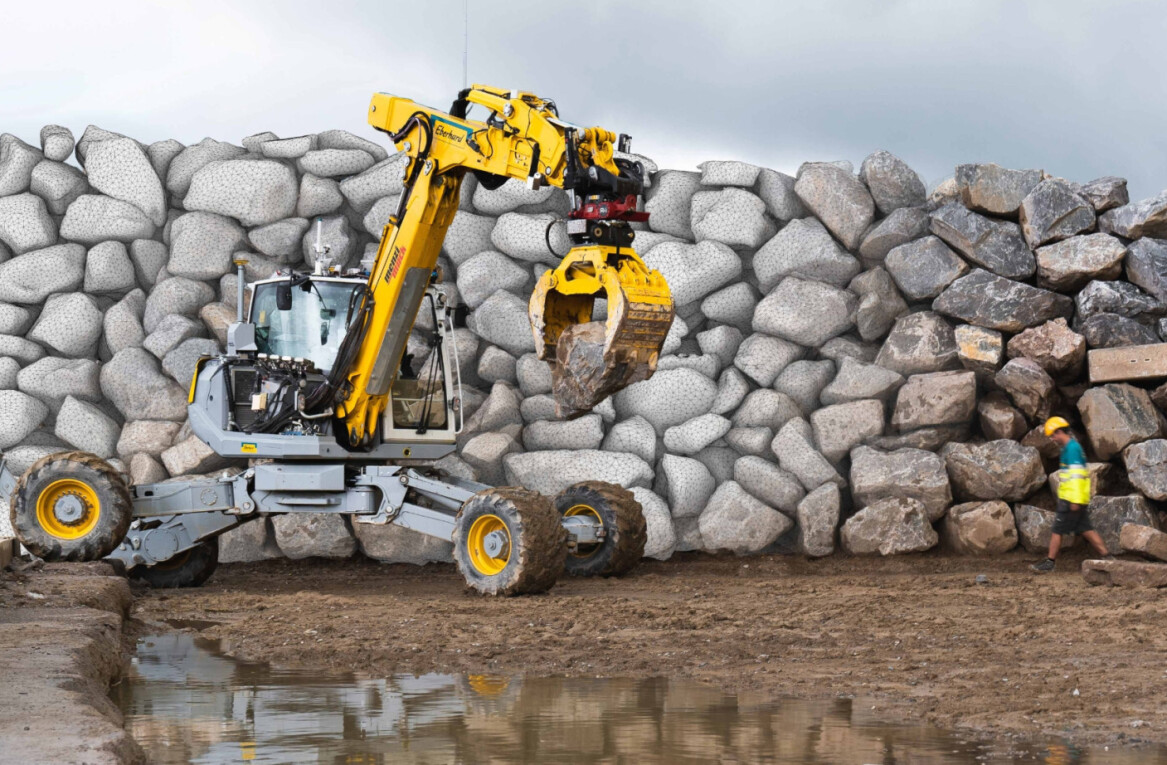
UK-based scaleup Beam, born from the recent merger of offshore tech companies Rovco and Vaarst, has launched the “world’s first” autonomous underwater vehicle (AUV) driven by AI.
The mini-sub can perform complex underwater tasks with no human intervention whatsoever. There’s nobody piloting it, nobody directing it where to go, no need for pre-mission planning, the company says. However, a remote operator can take over if required.
The underwater drone is equipped with so-called edge AI. This is when AI models are deployed inside devices, instead of linking to them via the cloud, which is the case with generative AI models like ChatGPT. Locating AI locally boosts data processing speed, saves energy, and, critically for underwater operations, it means the AUV works even without WiFi.
“Offshore operations cannot rely on having a continuous, reliable internet connection – for subsea operations this is even more pertinent,” Brian Allen, Beam’s CEO and co-founder, told TNW. “The robot is making real time decisions, so minimising latency is also important, especially in a safety critical environment.”
AI for a brain
The AI model, which acts like the brain for the AUV, was trained on a massive dataset collected from previous offshore projects and inspections spanning years. The algorithm has “learnt” to spot issues like erosion or other issues similar to how a human can. Beam says that its AI models will continually improve and adapt as it continues to train them on new data.
Beam recently put the underwater drone through its paces at Seagreen, the world’s deepest fixed bottom offshore wind farm located off the coast of Scotland. In one day, the AUV successfully surveyed the entire foundation of a wind turbine fixed to the seabed 58 metres under the surface.
The UK has about 14.7GW of installed offshore wind capacity, which is producing 16% of the country’s electricity. However, policymakers are targeting 50GW by 2030.
Those offshore wind turbines, battered by waves and corrosion, will require a lot of maintenance. According to Beam, using AI-driven AUVs could slash inspection times by up to half. And instead of needing people to supervise each underwater vehicle, autonomy frees up humans for more complex tasks.
Beam will be rolling out the new autonomous technology across its fleet of survey vessels, remotely-operated vehicles (ROVs) and AUVs throughout 2025 and 2026, it said.
Get the TNW newsletter
Get the most important tech news in your inbox each week.




